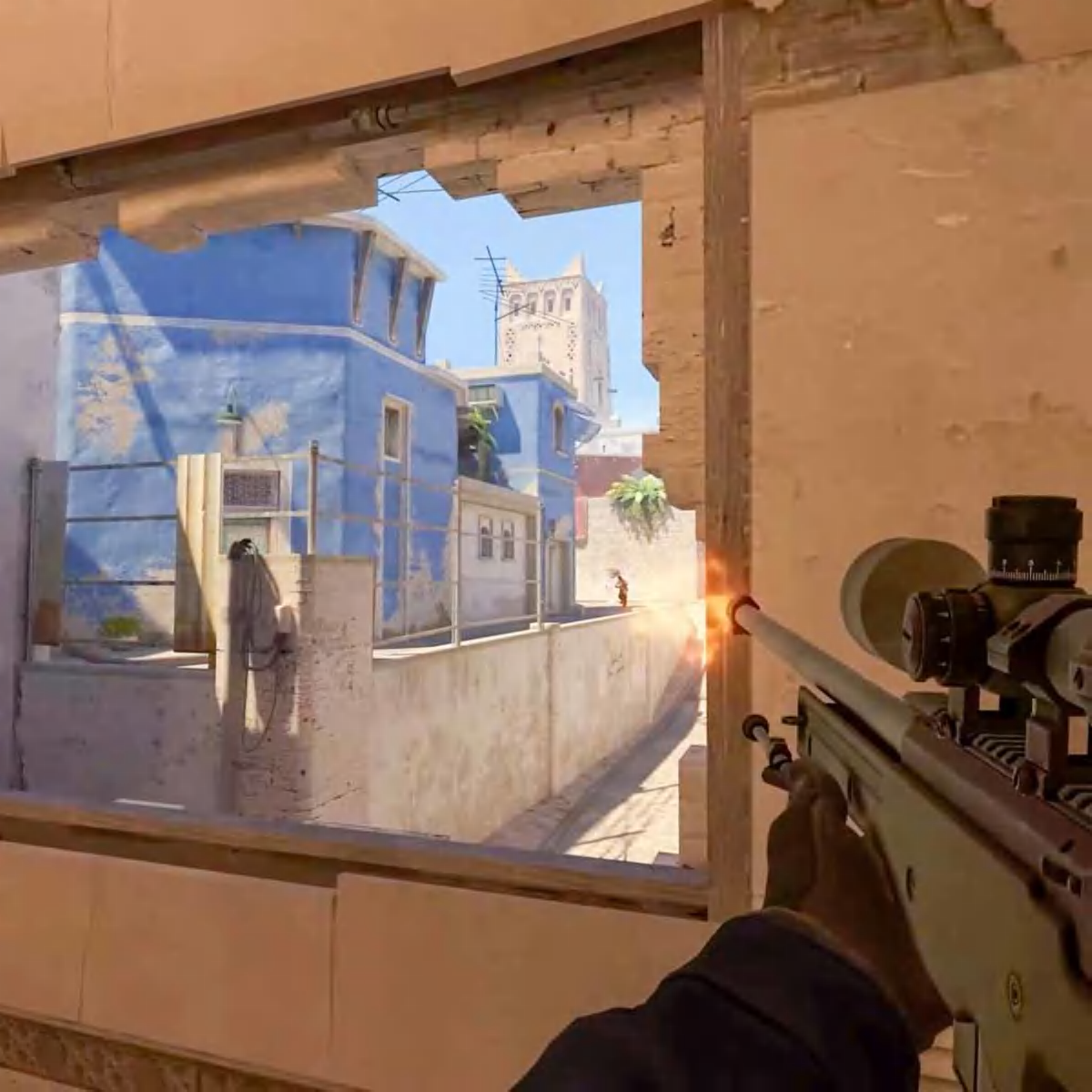BTOB Insights
Exploring the latest trends and news in business and technology.
Beyond the Frags: What Really Defines the Thrill of CS2 Pro Tournaments
Discover the hidden excitement of CS2 pro tournaments! Uncover what truly fuels the thrill beyond the frags. Click to dive in!
The Psychology of Victory: What Fuels Players in CS2 Pro Tournaments?
The psychology of victory plays a critical role in determining the success of players in CS2 pro tournaments. At the core of this psychological framework lies the concept of motivation, which drives players to consistently improve their skills and perform under pressure. Factors such as intrinsic motivation—stemming from personal satisfaction and the love of the game—alongside extrinsic motivators like prize money and public recognition, significantly influence a player's performance. This duality of motivation is essential as it fuels players through rigorous training sessions and the intense atmosphere of competitive play.
Additionally, mental resilience is paramount in pro tournaments, where the stakes are high and the margin for error is minimal. Players often find themselves facing psychological hurdles like fear of failure and burnout. To conquer these challenges, many athletes adopt techniques such as visualization and positive self-talk, which enhance their focus and confidence. In essence, the combination of strong motivation and mental fortitude shapes not only the player's approach to the game but also their capacity to convert potential into victory.

Counter-Strike is a highly acclaimed first-person shooter series that emphasizes teamwork, strategy, and skill. Players can choose from a variety of weapons, including the m4a4 temukau, to compete in objective-based game modes. The competitive nature of the game has fostered a vibrant esports scene, attracting players and audiences worldwide.
From Strategy to Spectacle: How CS2 Pro Tournaments Elevate Competitive Gaming
From Strategy to Spectacle: The evolution of competitive gaming, particularly in titles like CS2, has transformed tournaments into grand spectacles that captivate both players and fans alike. These pro tournaments showcase not just individual skill but also complex strategies that teams develop over time. The meticulous planning and teamwork that go into each match are on full display, elevating the experience from just gameplay to a thrilling sport. Every match is not only a test of reflexes but also a battle of wits, where strategic positioning, communication, and adaptability can turn the tide in an instant.
As these tournaments gain popularity, they attract substantial sponsorships and media attention, further enhancing their spectacle aspect. Stadiums filled with cheering fans, high-definition streaming, and sophisticated production values bring a new level of professionalism to the scene. This environment breeds a vibrant community and inspires aspiring gamers to perfect their craft. In essence, CS2 pro tournaments are not merely competitions; they are a celebration of gaming culture that unites various audiences and paves the way for the future of esports.
Beyond the Scoreboard: Analyzing the Emotional and Social Aspects of CS2 Tournament Play
Beyond the excitement and tension of competitive gaming, CS2 tournament play encapsulates a myriad of emotional and social dimensions that heavily influence both players and fans alike. While the scoreboard often serves as the primary focus during matches, the real narratives unfold behind the scenes, where players experience a rollercoaster of emotions ranging from elation to despair. These emotions are often compounded by the weight of expectations from fans and teammates, making mental resilience just as crucial as technical skill. For instance, the pressure to perform well can lead to last-minute game-day jitters, deeply impacting player performance.
Furthermore, the social dynamics within the CS2 tournament community play a significant role in shaping the overall atmosphere of competition. Gamers often forge deep connections, fostering friendships that can last long after the tournament ends. This community spirit is evident in how players often band together to celebrate victories or console one another during losses. Social interactions such as shared experiences, live streaming reactions, and post-tournament discussions contribute to a sense of belonging and camaraderie, proving that the impact of tournament play extends far beyond the final scores on the scoreboard.